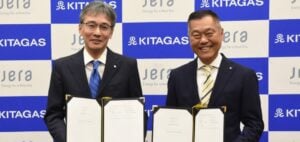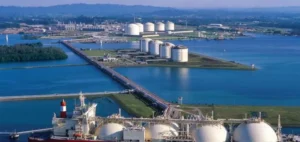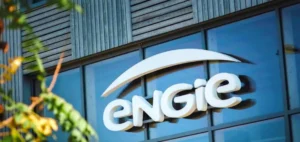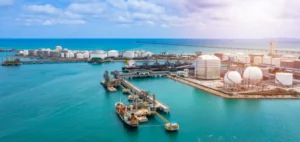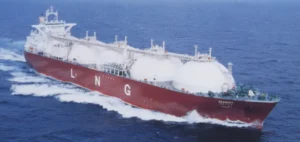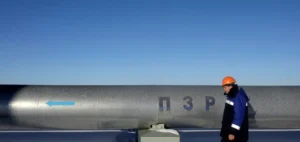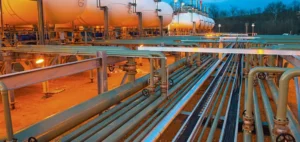ONEOK, a major U.S. energy infrastructure provider, has unveiled a new strategic initiative in partnership with MPLX. Together, the two companies will develop a liquefied petroleum gas (LPG) export terminal located on the U.S. Gulf Coast, a key hub for liquid hydrocarbon exports. This decision comes amid rising demand for propane and other NGLs (natural gas liquids), both domestically and internationally.
The terminal, whose construction is set to begin in the coming months, aims to facilitate LPG exports to rapidly growing global markets, particularly in Asia and Europe. The strategic choice of this location on the Gulf Coast, benefiting from proximity to major oil and gas infrastructure, will help optimize transportation costs and improve operational efficiency.
Significant expansion in the NGL sector
This partnership aligns with ONEOK and MPLX’s goal of strengthening their position in the NGL sector. The LPG market is experiencing sustained growth, driven by increasing demand in heating, agriculture, and chemicals. The terminal is expected to provide substantial export capacity, allowing both companies to better serve international customers.
ONEOK, with its extensive experience in gas transportation and storage infrastructure, brings expertise in managing NGL flows to the project. Meanwhile, MPLX, a subsidiary of Marathon Petroleum, is a key player in pipeline and export infrastructure, reinforcing the complementarity between the two partners. The combination of their expertise aims to enhance the competitiveness of LPG exports from the United States, a market that has become strategic in global energy trade.
Addressing the growing demand for propane and other NGLs
Global demand for propane and other NGL products, particularly in Asia, continues to rise, driven by the need for heating and refrigeration in colder regions. The United States, rich in gas resources, has emerged as one of the world’s leading LPG exporters in recent years. The export terminal project will enable the two companies to capitalize on this momentum and establish themselves as key players in this expanding market.
This project meets a pressing need for diversifying export routes and strengthening infrastructure capacity in the United States. The Gulf Coast, already a crucial hub for petroleum product exports, represents a strategic option due to its direct access to global markets through well-equipped port terminals and an integrated pipeline network.
Potential impact on energy markets
The impact of this project on energy markets could be significant, particularly in terms of pricing and competitiveness. The development of this export terminal will increase the flexibility of the U.S. propane and NGL market and could also reduce dependence on other regions for supply. This initiative is part of a broader trend to reinforce U.S. export infrastructure in response to growing energy demand.
LPG exports from the United States now represent a substantial share of global trade, and this project could strengthen the position of U.S. companies as leaders in the sector. If the terminal reaches its planned export capacity, it could influence global propane prices while providing greater stability to the NGL market.



